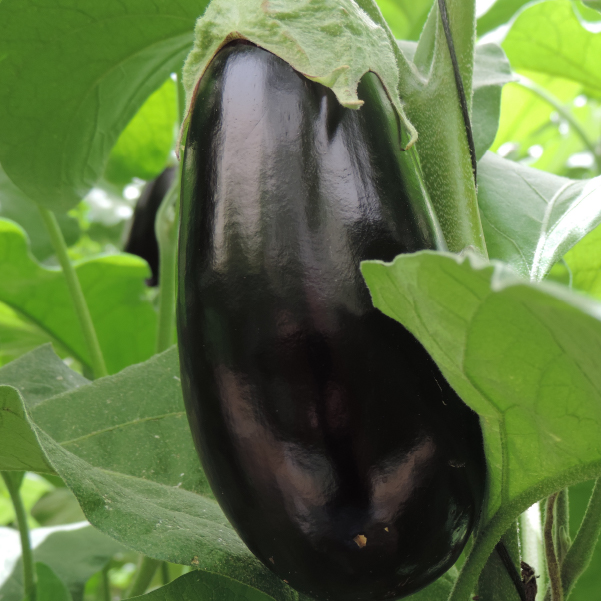Mealybug is a pest which can have a considerable negative economic impact on a wide range of ornamental and agricultural crops. Since there are many species of mealybugs, scouting and identification are crucial. Sexually dimorphic, adult female mealybugs are much larger, retain the appearance of younger stages and lack wings while the adult males are much smaller and develop into mosquito-like insects with wings. Mealybugs have a mutualistic relation with some ants: mealybugs produce honeydew, which the ants harvest for the sugar and in return, the ants protect the mealybugs from potential natural enemies and may even move them from one plant to the other, increasing the number of infested plants.
Mealybugs can inflict various kinds of damage on a crop.
Retarded plant growth & malformations
Mealybug females feed on plant sap, secreting a powdery wax layer over their body, for protection. Their feeding causes stunting, chlorosis, defoliation and wilting. Adult male mealybugs, on the other hand, do not feed at all, they only live shortly to fertilize the females. A high mealybug population can lead to fruit drop, fruit deformation (‘high shoulders’) and development of discolored welts on the rind of the fruit. Mealybugs are phytosanitary pests in some export markets (USA, Japan) and if found on fruit destined for these markets can result in rejection of the consignment and could place these important markets at risk for the future.
Black fungal mold
Mealybug secrete copious quantities of honeydew which is a substrate for the a group of fungi, sooty mold. Sooty mold is black in color and may stain the fruit decreasing packout percentages as well as causing a delay in fruit color development. Photosynthetic potential, especially of young trees, may be negatively affected if the sooty mold coverage is severe.
Natural Enemies
There are various natural enemies for different species of mealybugs.
For more information contact your local BioBee field agent.





























